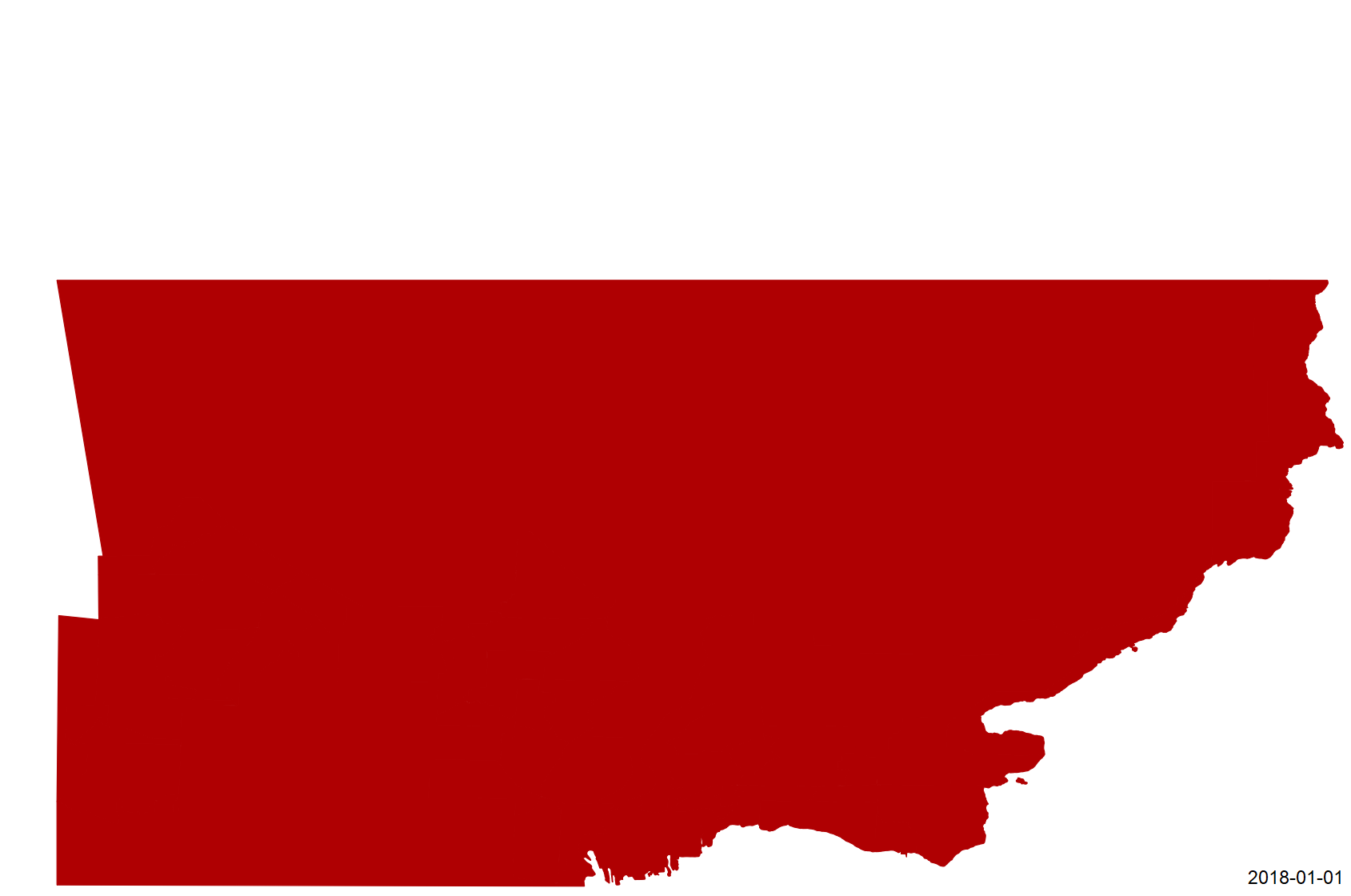Smart Cities
Dr. David Bristow, University of Victoria, dbristow@uvic.ca, 250-472-7814
Cities are quickly becoming home to a variety of data-driven applications that span many of the knowledge domains of applied data science. At Matrix we are working to enable next generation smart cities that are more resilient, sustainable and livable.
We are using and generating data to improve the performance of city systems; to understand how cities evolve over multiple spatial and time-scales; to enhance growth planning; to create cities with regenerative local and global impact; and to help make new, safe and ethical solutions that improve urban life.
The demands of urban populations are major drivers of global environmental change. With urban population growth expected to continue through mid century, innovative solutions to address impacts caused by cities are required to meet targets like the Paris Agreement’s ambitions of limiting warming to approximately 1.5˚C. The data for this chart is from the World Bank, The UN and the IPCC. The chart is inspired by Figure 3 in Bristow and Kennedy (2015).

The increasing availability of data is enabling new understanding of city functioning. This computer generated map is being used to help support planning to enhance the resilience of multi-infrastructure systems. This map illustrates the estimated recovery dynamics of urban infrastructure services after a major disaster in a Canadian municipality.
